Indices
- Details
- Germán Fernández
- Indices
- Hits: 206282
SUBJECT 1. ALKANES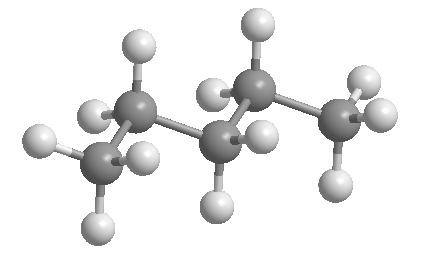
Problems : Alkanes problems
UNIT 2. RADICAL HALOGENATION REACTIONS
SUBJECT 3. CYCLOALKANES 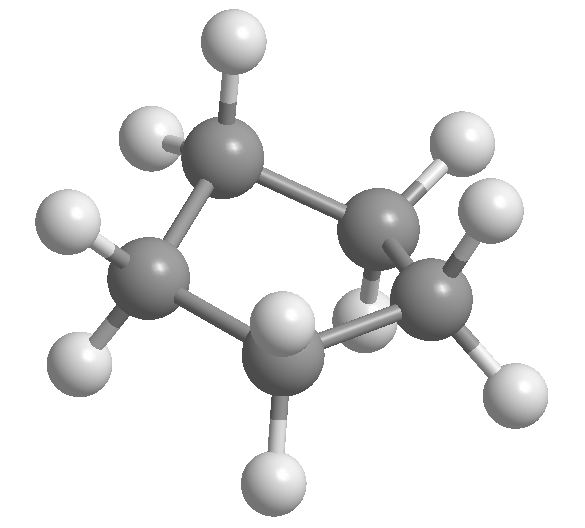
Problems: Cycloalkanes problems
SUBJECT 4. STEREOCHEMISTRY
Theory: Structural isomers | Geometric isomers | Enantiomers | Diastereomers | Enantiomer nomenclature | Racemic mixture and meso form | Optical activity | Fischer projection | R/S notation in Fischer | Molecules with several centers | Stereochemistry of the reactions | Stereospecific reaction | Separation of enantiomers.
Problems: Stereochemistry problems
SUBJECT 5. REACTIONS OF SUBSTITUTION AND ELIMINATION 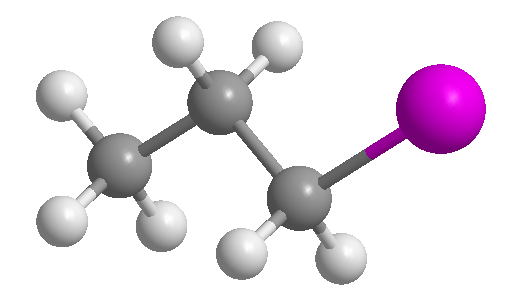
S Theory N 2: Haloalkanes nomenclature | Physical properties of haloalkanes | Mechanism of the S N 2 | Energy diagram of S N 2 | Stereochemistry of S N 2 | Ring size at S N 2 speed | Outgoing group in S N 2 | Nucleophile in SN2 | Substrate in S N 2 | Solvent in S N 2 |
Theory S No 1: Mechanism of the S N 1 | SN1 energy diagram | Stereochemistry in S N 1 | Outgoing group in S N 1 | Nucleophile in S N 1 | Substrate in SN1 | Solvent in S N 1 | Competition Y N 2 and Y N 1.
Elimination Theory: Elimination Reactions E1 (Unimolecular Elimination) | E2 (Bimolecular elimination) | Elimination with prevented bases.
Problems : Problems Y N 2 | SN1 problems | Problems Elimination
SUBJECT 6. ALKENES 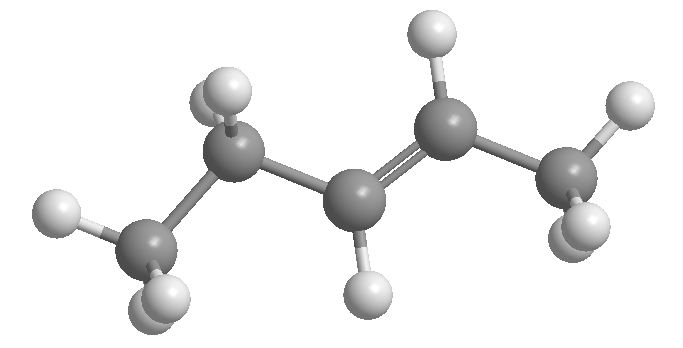
Problems: Alkene problems
SUBJECT 7. REACTIONS OF ALKENES
Theory: Catalytic hydrogenation in alkenes | Addition of HX to alkenes | Markovnikov rule in alkenes | Addition of Water to Alkenes | Addition of halogens to alkenes | Other electrophilic additions to alkenes | Oxymercuriation-demercuriation of alkenes | Hydroboration in alkenes | MCPBA oxidation of alkenes | Opening of epoxides (oxacyclopropanes) | Oxidation with permanganate and osmium tetraoxide of alkenes | Ozonolysis of alkenes | Radical reactions of alkenes | Alkene polymerization.
Problems : Alkene reaction problems
SUBJECT 8. ALKYNES 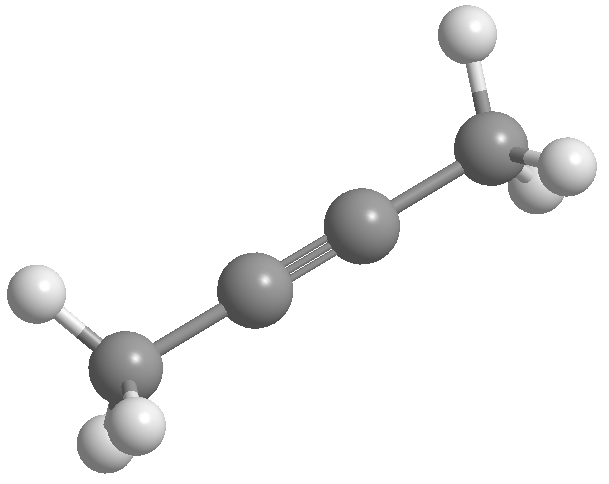
Problems: Alkyne problems
SUBJECT 9. ALLYLIC SYSTEMS
UNIT 10. DIELS-ALDER REACTION
SUBJECT 11. ALCOHOLS 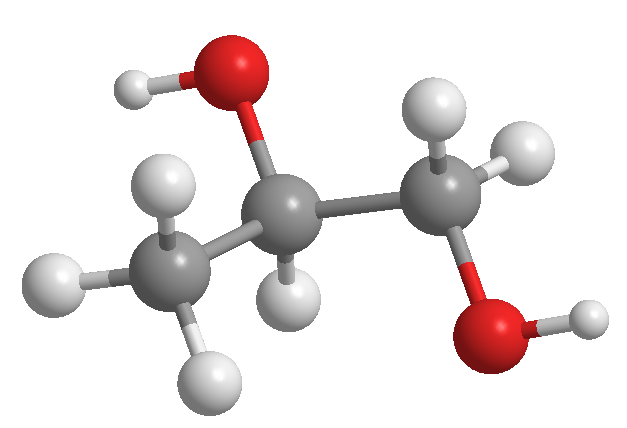
Problems: Alcohol problems
SUBJECT 12. ETHERS
Theory: Ethers nomenclature and properties | Williamson synthesis of ethers | Ethers from alcohols | Protecting groups | Ethers via SN1 | Opening of oxacyclopropanes (epoxides).
Problems: Ethers Problems
SUBJECT 13. ALDEHYDES AND KETONES 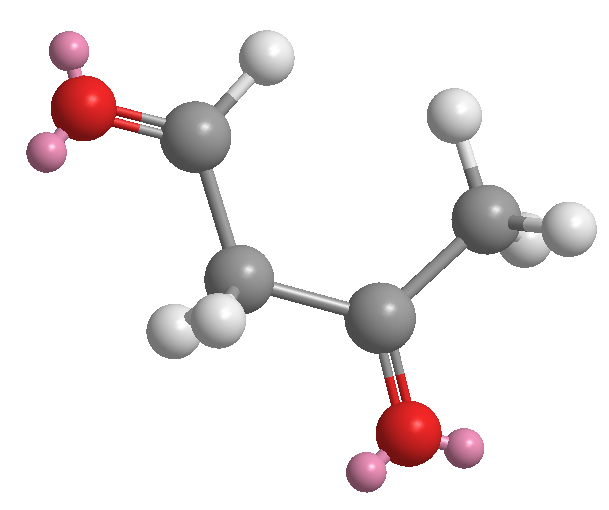
Problems: Carbonyl problems
SUBJECT 14. ENOLS AND ENOLATES 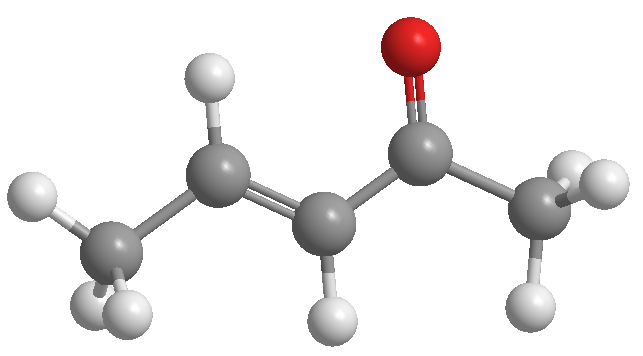
Problems: Enol and enolate problems
SUBJECT 15. BENZENE 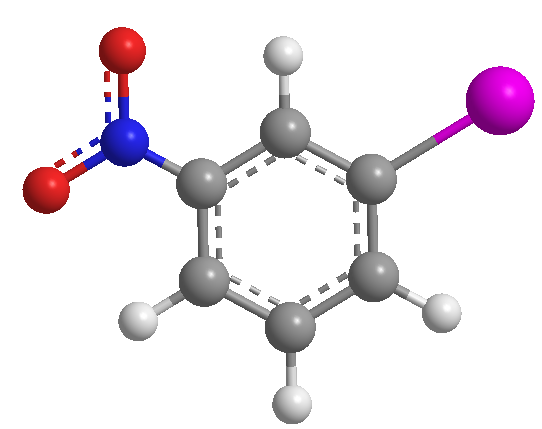
Issues: Benzene Issues
SUBJECT 16. CARBOXYLIC ACIDS
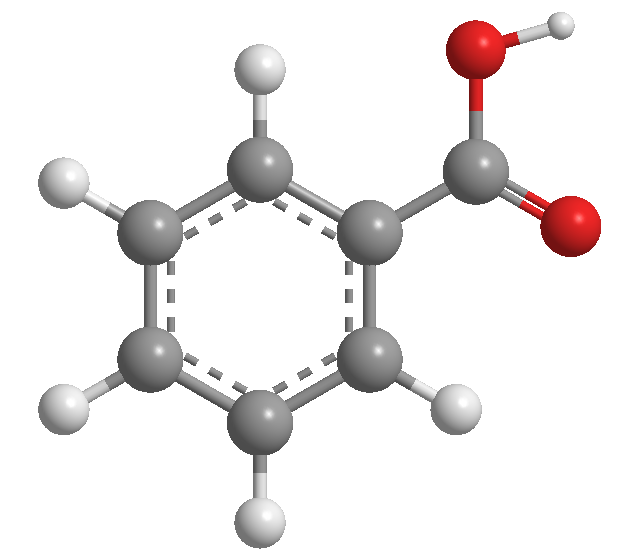
Problems: Carboxylic Acid Problems
SUBJECT 17. DERIVATIVES OF CARBOXYLIC ACIDS
Order of reactivity | Acid-base behavior
- ALKANOYL HALIDES
Problems: Acid Halide Problems
- ANHYDRIDES
Theory: Anhydride Nomenclature | Anhydride Reactivity
- ESTERS
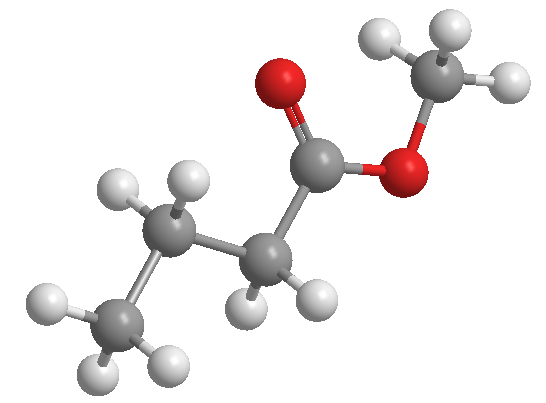
Problems : Esters Problems
- AMIDES
Problems: Amide Problems
- NITRILES
Problems: Nitrile problems
SUBJECT 18. DIFUNCTIONAL COMPOUNDS
Theory: Acetylacetic synthesis | Malonic synthesis | Knoevenagel condensation | Michael's addition
SUBJECT 19. AMINES 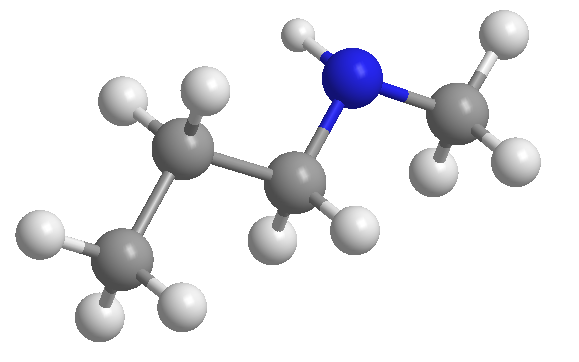
Problems: Amine problems
UNIT 20. SILICON, PHOSPHORUS AND SULFUR COMPOUNDS
- Details
- Germán Fernández
- Indices
- Hits: 75895
SUBJECT 1. STEREOCHEMISTRY II
SUBJECT 2. NATURAL PRODUCTS 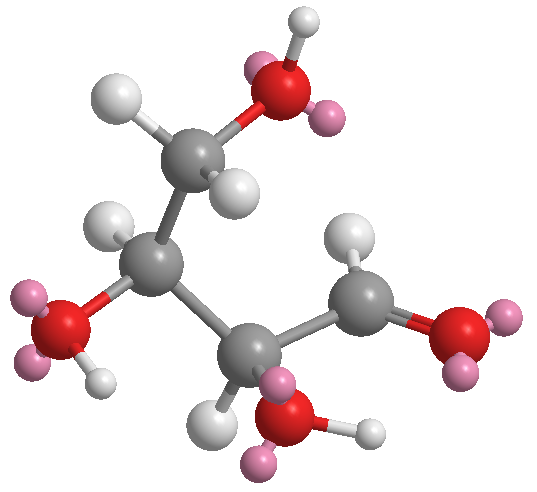
- Carbohydrates : D/L notation. Formation of hemiacetals. Haworth projection. Mutarotation. Fehling and Tollens oxidation Oxidation with HIO 4 . Oxidation with Br 2 /H 2 O. Oxidation with O 2 /Pt. Reduction with NaBH 4 . Osazone formation. Addition to hydroxyl groups. Protection of hydroxyl groups. Wohl and Ruff degradation. Synthesis of Kiliani-Fisher Disaccharides.
- Amino acids and peptides: Structure. isoelectric pH. HVZ synthesis. Gabriel's synthesis. Strecker synthesis. Peptide synthesis
UNIT 3. REACTION MECHANISMS
- Tools to determine a mechanism : Identify products. Identify intermediates. Isotopic labeling. Product stereochemistry. Solvent effect.
- Kinetic data: Definition of speed. Kinetic equations. Consecutive reactions. Nitration of benzene Arrhenius theory. Transition state theory. competitive reactions. Curtin-Hammet principle. Hammond principle.
- Isotope effect: Primary isotope effect. Secondary isotope effect.
- Hammett's equation.
SUBJECT 4. REACTIONS OF SUBSTITUTION AND ELIMINATION
- Concepts in Y N 2: Kinetics. Stereochemistry. Solvent. Nucleophile and nucleophobic. Substrate structure.
- Concepts in S N 1: Kinetics. Stereochemistry. Solvent. Substratum. anchimeric assistance. Nonclassical carbocations.
- Elimination reactions: Elimination 1,2. Elimination 1.4. Elimination 1.1. Elimination 1.3. Fragmentation. E1 (Unimolecular elimination). E2 (bimolecular elimination). E1cb. Stereochemistry of elimination reactions. Regiochemistry of elimination reactions. pyrolytic removals. Elimination of Hofmann and Cope
SUBJECT 5. ORGANIC SYNTHESIS
- Formation of single bonds: Alkylation of enolates. Alkylation of enamines. Imines and lithiated enamines. Stereoselective alkylation. aldol condensation. Michael and Robinson. Claisen condensation. Acetylacetic and malonic synthesis. Formation of dianions. Umpolung reactions.
- Formation of double bonds: E2. Pyrolysis of esters. Elimination of Cope. Hofmann elimination. Sulfoxide removal. Sulfoxide-sulfenate rearrangements. Wittig reactions. Wittig. Wadsword-Emmons. Horner-Wittig. Peterson. Sulfur ylides. Shapiro.
- Diels-Alder: Stereochemistry. Regiochemistry.
- Carbenes: Singlet and triplet carbenes. Synthesis of carbenes : Elimination 1.1. Decomposition of diazo compounds. Decomposition of tosylhydrazones. Reactivity of carbenes: Cyclopropanation. Simmons-Smith reaction. CH insert. Arndt-Eistern. Hofmann and wolf transposition.
SUBJECT 6. OXIDATION REDUCTION REACTIONS (REDOX)
- Oxidation of benzylic H. Oxidation of H. allylics
- Oxidation of alcohols: Derivatives of ac. chromic. manganese dioxide. Alkoxysulfonium salts. Swern oxidation. Oppenaver oxidation
- Olefin oxidation: Oxidation with permanganate and osmium tetroxide. Prevost reaction. Woodward's reaction. Alkene epoxidation. Epoxy opening. ozonolysis. Oxidation with periodic acid.
- Oxidation of ketones: Oxidation to alpha-beta unsaturated: Baeyer-Villiger. Oxidation to alpha-hydroxyketones.
- Reduction reactions: Hydrogenation. Acyloinic condensation. Non-metallic hydrides. Clemmensen. Wolff-kisnner. thioacetals Alkynes with Na/NH 3 . Birch reduction. Obtaining 1,2-symmetrical diols
- Details
- Germán Fernández
- Indices
- Hits: 88675
- the electromagnetic spectrum
- Técnicas espectroscópicas
- Structure of a spectrophotometer
- Niveles y transiciones electrónicas
- Lambert–Beer equation
- Espectros vis-UV frente a espectros de IR
- Chromophore and auxochrome groups
- Espectros vis-UV en compuestos orgánicos
- Conjugated dienes and bathochromic effect
- Efecto batocrómico en carbonilos
- Bathochromic effect by conjugation with lone pairs
- Espectros vis-UV de compuestos aromáticos
SUBJECT 3. INFRARED SPECTROSCOPY
- Fundamentos de la Espectroscopía Infrarroja
- Infrared absorption
- Tipos de vibración
- Quantum Harmonic Oscillator
- Tipos de absorciones
- Molecular vibrations and bonds
- El Espectro de Infrarrojo
- IR spectrum: Alkanes
- Espectro IR: Cicloalcanos
- IR spectrum: Alkenes
- Espectro IR: Alquinos
- IR Spectrum: Aromatics
- Espectro IR: Alcoholes y Fenoles
- IR spectrum: Ethers
- Espectro IR: Aldehídos
- IR spectrum: Ketones
- Espectro IR: Ácidos Carboxílicos
- IR Spectrum: Esters
- Espectro IR: Haluros de alcanoílo
- IR spectrum: Nitriles
- Espectro IR: Amidas
- IR Spectrum: Amines
- Espectro IR: Haloalcanos
SUBJECT 4. NUCLEAR MAGNETIC RESONANCE (NMR)
- Momento angular nuclear
- nuclear magnetic moment
- Niveles de energía del espín nuclear
- Nuclear magnetic resonance
- Apantallamiento Nuclear
- NMR spectrum of ethanol
- El desplazamiento químico
- chemical shift table
- Grupos electronegativos desapantallan los núcleos
- Magnetic Anisotropy - Paramagnetic Shielding
- Hidrógenos ácidos intercambiables
- Spin-Spin Coupling
- Regla N+1
- Coupling of three non-equivalent cores
- Espectro del Estireno
- Details
- Germán Fernández
- Indices
- Hits: 90045
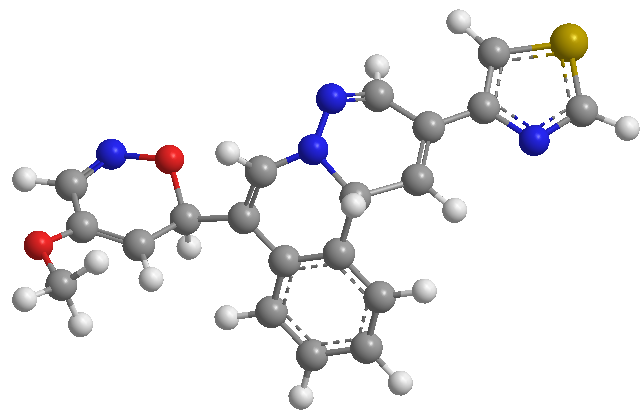 SUBJECT 1. NOMENCLATURE OF HETEROCYCLES
SUBJECT 1. NOMENCLATURE OF HETEROCYCLES
UNIT 2. AROMATICITY IN HETEROCYCLES
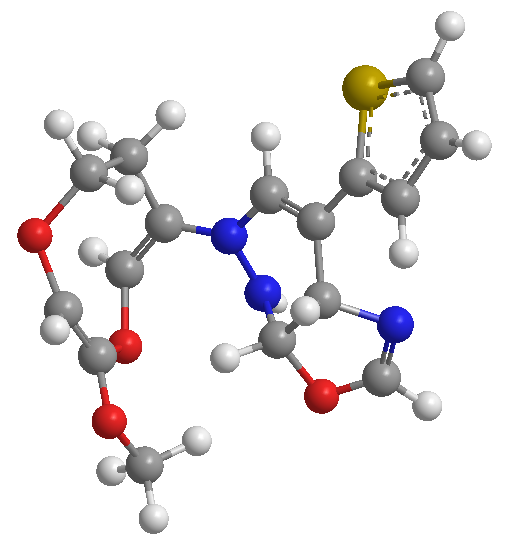 UNIT 3. SYNTHESIS OF HETEROCYCLES (I): CYCLING REACTIONS
UNIT 3. SYNTHESIS OF HETEROCYCLES (I): CYCLING REACTIONS
SUBJECT 4. SYNTHESIS OF HETEROCYCLES (II): CYCLOADDITION REACTIONS
UNIT 5. 6-MEMBED HETEROCYCLES: PYRIDINE
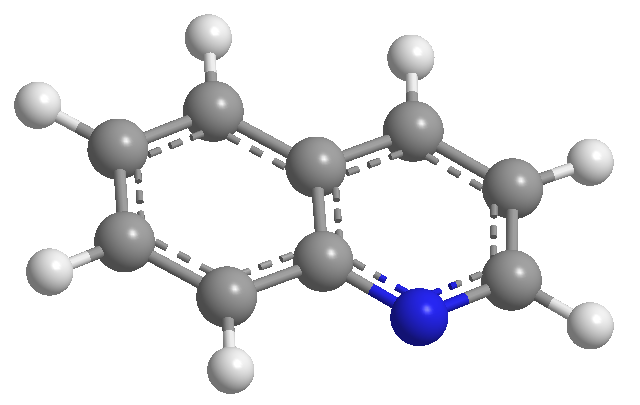 SUBJECT 6. NOMENCLATURE OF CONDENSED HETEROCYCLES
SUBJECT 6. NOMENCLATURE OF CONDENSED HETEROCYCLES
SUBJECT 7. QUINOLINE AND ISOQUINOLINE
UNIT 8. 6-MEMBED HETEROCYCLES WITH 2 OR MORE HETERO ATOMS: DIAZINES
SUBJECT 9. HETEROCYCLES OF 5 MEMBERS: PYRROL, TIOPHENE AND FURAN
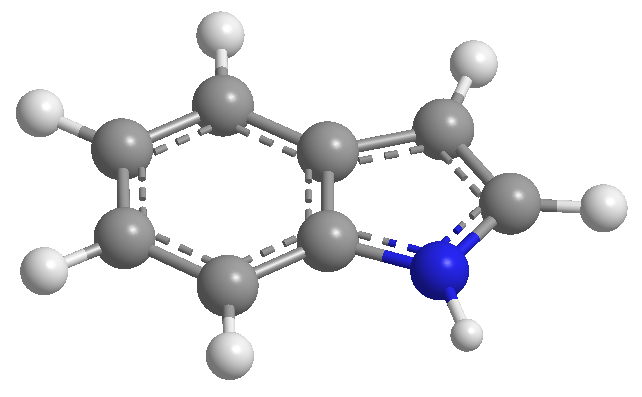 SUBJECT 10. HETEROCYCLES OF 5 CONDENSED MEMBERS: INDOL
SUBJECT 10. HETEROCYCLES OF 5 CONDENSED MEMBERS: INDOL
UNIT 11. 5-MEMBED HETEROCYCLES WITH 2 OR MORE HETERO ATOMS: AZOLES
Theory: